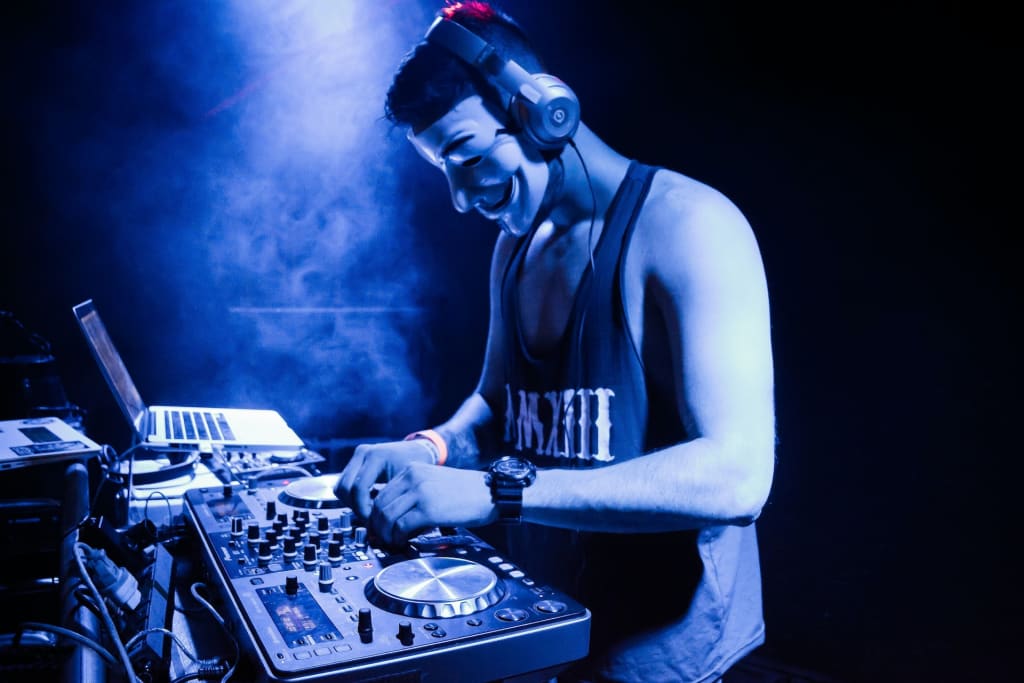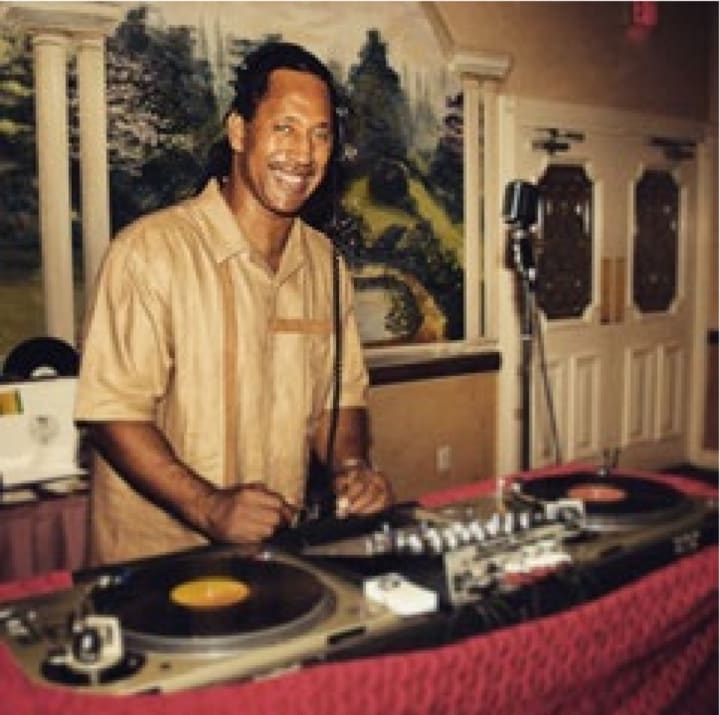How DJs Changed the World
The name "disc jockey," which is what DJ stands for, was initially applied to early radio announcers who played phonograph records, commonly referred to as discs. Currently, any type of music playback device, such as iTunes, CD players, digitally stored music, etc., can be referred to as a "DJ."

The term "disc jockey" (DJ) refers to the radio announcer who played phonograph records (discs). On the other hand, some seasoned DJs could counter that using analog media like vinyl and cassettes is a must for a true DJ. Continue reading, I'll give a thorough description of the history of DJs from the beginning to the present in this story.
How Did It All Begin DJs?
By chance, 18-year-old German Klaus Quirini discovered a concept that, in the years to come, would change the lives of countless individuals.
At the time, Klaus Quirini, a journalist in Aachen, Germany, made the decision to go to his preferred dance club. The owner of the establishment asked Quirini whether he thought he could play the song more effectively. Quirini said he could, and then he took the job. He began his concert with, "Ladies and gentlemen, we'll flood the local immediately," and then sang a song about ships.
It was well-liked by the crowd! And anything he did was well received by the audience. At nightfall, the owner got in touch with him and made him an offer of 800 Deutschmarks per month, which was a sizable chunk of money so soon after the war. After a year, others, like Quirini, started to show up around Aachen.
The DJ Was Horn!
DJs from a variety of genres, with many different skills and tools. It would gradually appear over the following 50 years! The most well-known of these are club DJs.
Nightclubs gained popularity in the 1960s both in the United States and in Europe, and in 1965 the first DJ mixer known as Rosie made its market debut. Beatmatching was made popular by DJ Francis Grasso in New York City's Sanctuary nightclub in 1969. It is undoubtedly one of the most important club DJ techniques.

A DJ synchronizes the beats by accelerating or decelerating the music they are about to add to the mix until all the tracks' beats occur simultaneously. Beat matching is common in clubs because it enables DJs to change the music being played without confusing the dancers. If the DJ changed to slower music it would be impossible for dancers to shift their pace without beginning a new dance.
Another DJ by the name of Crassco created slide Cuing. Holding a record stable while the turntable revolves beneath it and releasing it at the right moment to create a smooth transition from the previous record is known as slip-cueing. The DJ industry's most popular piece of equipment debuted in 1974.
Turntable Technics 1200
Initially promoted as a high-fidelity consumer record player, it was immediately embraced by radio and club DJs. Since its introduction in 1974, the Technics 1200 and its successors have been the most widely used turntables for DJing, scratching, and turntablism.
Although technics have long been the norm at nightclubs and still are today, the most recent incident happened in the fall of 2010.
Due to a lack of readily available components, Panasonic ceased production of Technics turntables.
Linn LM-1, the first drum sampler machine

Due to the fact that only 500 copies were ever made, it was released in 1980 and cost an outrageous $4,999! There was just a handful of them, but they were owned by a number of famous musicians, including the Human League and Prince, who used them to record Purple Rain and other songs.
With the introduction of drum machines in the early 1980s, house music emerged and gained popularity in Chicago in 1984. In 1987, house music started to have an impact on European chart singles, such as House Nation by House Master Boyz, and by the early 1990s, it had spread to other dance and mainstream genres all over the world. Acid House was being played by DJs at unauthorized raves in the UK around 1990.
The First Acid House Club Was Opened By Danny Rampling

By the early 1990s, house and acid house had become a significant part of club culture. DJs who would soon become well-known, including John Digweed and Sasha, were playing it. Numerous underground pirate radio stations and DJs dominated the house scene in cities including Birmingham, Sheffield, Manchester, and London. This promoted the development of homes, however, they were mostly disregarded by the general people.
The growth of house and rave clubs like Cream and Lakota throughout the United Kingdom helped the genre become more well-known. The first house subgenres and fusion genres to emerge were progressive houses, electro house, French house, Ambient house, Deep House, Tech House, Trance, and Eurodance (since 1992). Club culture did, however, take on a darker tone starting with acid house, which helped it become successful.
Ecstasy
Since most men thought they couldn't dance before Acid House, they opted to go to the pub instead of clubs. The late 1980s and early 1990s drug Ecstasy, which was widely used, gave them the impression that they could dance, and they started going to clubs.

Ecstasy increased the number of people who could attend parties, but it also made it more challenging for venues to defend themselves against accusations of drug distribution. This led some clubs and event organizers to conduct pre-event searches and confiscate objects like Vicks Vapour inhalers and Rub, which amplified the effects of using Ecstasy dummies to satisfy the need to chew brought on by using Ecstasy and glow sticks, which were used while dancing to amuse other drug users. These artifacts were discovered to be signs of drug use at the location.
The majority of clubgoers would now be there to enjoy the effects of ecstasy rather than the music. As a result, some DJs were able to play whatever they pleased without the audience noticing.
The Four Pillars of Hip-Hop

The most widely-listened-to genre of electronic dance music nowadays is the house, which is made popular by musicians like Swedish House Mafia and Avicii. However, DJing is much more than just clubs and mixing, as the rise of Hip-Hop has shown.
The four pillars of hip-hop
Turntablism, Breaking (Breakdancing), Beatboxing, Graffiti, DJing, and various styles of Hip-hop Djing are all examples of MCing.
A DJ that uses turntables as an instrument to alter music is known as a turntablist. They do this by touching and moving the stylus, records, and mixer. Rap and hip-hop songs often feature this action, which is referred to as scratching. Grand Wizard Theodore, a student of Grandmaster Flash, made the accidental discovery of scratching around 1975 or 1976.
He was once listening to records in his room when his mother yelled for him. By putting his hand on the record, he stopped the music. He then heard scratching as he moved the records back and forth under the stylus. Although Grand Wizard Theodore made the initial discovery of scratching, Wizard's mentor Grand Master Flash contributed to its spread by highlighting it in his live performances and on recordings.
DJ Kool Herc

DJ Kool Herc is credited with being the creator of hip-hop. He had his own sound system now and was playing at the house parties of his sister Cindy. The "Merry-Go-Round," which is now more commonly referred to as beat juggling, was created in 1972 by DJ Kool Herc. He would perform the break, which is the portion of a song where only the percussion is audible. He would play the preceding record again once the break was over while switching to a break from a different record while rewinding it.
Turntablists and club DJs both saw major turning points during the 1990s. A lot more sophisticated turntablism, such as crab scratching, was originally developed by artists like Qbert and Mix Master Mike.
Controllerism
The movie features the pioneer of controllers, Ian Golden, who uses DJ software like Ableton, Traktor, and Serato to live remix music. It looks that the Controllerism movement will emulate the turntablism trend.
Last but not least, since the first DJ appeared in 1953, they have undergone significant modification and still do. Djing, in my opinion, is still developing and will keep doing so until it catches up with the technology it needs to endure and flourish. This has only been a quick overview of DJs—there is much more to cover, including mobile DJs, discos, and D'n'B—even though genre developments will continue. The list might never end.
About the Creator
Ahamed Thousif
🌟 Welcome to the realm of exploration, where communities come alive through the power of words! 📚✨ Join me as we embark on a journey to discover the vibrant tapestry of stories and Poems.
VISIT - "MY FOOD BLOG"






Comments
There are no comments for this story
Be the first to respond and start the conversation.